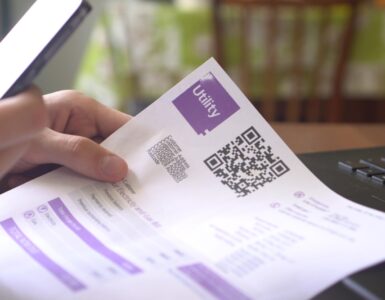Here’s a collection of some of the information that’s currently available on this economy-boosting plan:
1. Payments seem to be set at $1,200 per adult and $500 per child.
Although the $1,200 amount can fluctuate if your income is too high.
2. The income requirements allow for some leeway.
As an individual, you are eligible for the full $1,200 coronavirus stimulus payment if you make less than $75,000 per year. If you make up to $99,000 per year, you’re still eligible. Your payment will drop by $5 per $100 in income above $75,000, however.
Married couples qualify for the full $2,400 amount if their adjusted gross income is less than $150,000 per year. A couple can earn up to $198,000 per year and still qualify, but their payment will drop on a sliding scale.
A person who files as head of household, which is usually a single parent with children, is eligible for a $1,200 check as long as they make less than $112,500 per year. A check for less than $1,200 will be awarded to a head of household making up to $136,500 per year.
In addition, they will receive a $500 check for each child under the age of 17.
3. You’ll have two options for receiving your coronavirus relief payment.
The government will disburse stimulus payments via check or direct deposit. Checks are expected to take longer to process.
You will get a direct deposit if you already filed a 2019 tax return. The IRS will use the deposit details you provided for payment. If you still haven’t filed for 2019, 2018 tax return data will be used to determine if you qualify for the stimulus, plus your method of payment.
4. The government is moving as fast as it can to process payments.
The week of April 6 is when Treasury Secretary Steven Mnuchin expects COVID-19 stimulus funds to go out. This timetable is extremely aggressive, however, and it could get delayed until the end of April instead.
5. Social Security does not disqualify you.
As long as your total income is below the limit, you can receive the COVID-19 relief payment. People on disability and retirees can be eligible.
6. There may be another round of payments later on.
If the economy is still struggling, there could be more coronavirus stimulus payments distributed in the summer. All will depend on the progress in fighting the outbreak and how quickly businesses can start to open up once again.
7. The payments are not taxable.
Your 2020 income is what really determines eligibility for a COVID-19 relief check. Since this year’s income is still undetermined, 2018 and 2019 are being used to qualify recipients.
If you end up making a lot more money in 2020 than the year that was used to determine your stimulus eligibility, you may have to pay back some of the awarded funds by April 15, 2021.
Not many people are expected to end up in such a situation, but it could happen.
8. You may not be eligible for $1,200, even if you just lost your job.
There may be some help on the way for those who lost their jobs due to coronavirus layoffs. At this exact moment, though, you may be out of luck if your income was too high during 2018 or 2019, at least as far as the $1,200 checks are concerned.
9. Most people are expected to qualify.
The American Enterprise Institute predicts that 83 percent of tax filers (approximately 125 million people) will get relief payments. Groups who won’t get a check include very high earners, nonresident aliens, and dependents who are already claimed on the tax returns of others.
10. The IRS has created a page for updates on the COVID-19 stimulus.
You can visit it here.




